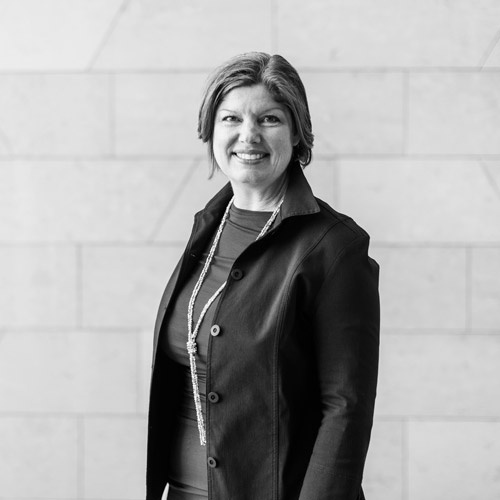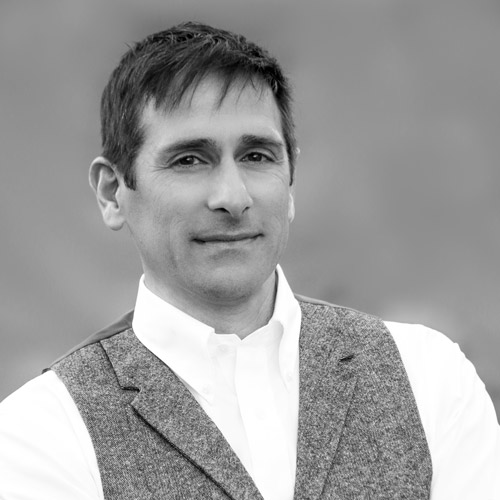Imagine a large, abandoned building in the center of a vibrant city. Although it once was full of bustle, now it oozes blight. It’s been there for decades, at least. Maybe longer. Like a dying tree, it has roots beneath the ground that keep it anchored as it rots. Still, the land on which it’s built is ripe with promise. If only the building could be razed, onlookers think to themselves, its foundations might give birth to something new.
Recognizing the site’s potential, a developer bedazzles the building’s bones with dynamite. Moments later, he lights the detonating cord. In an instant, the old structure is gone. In its place, the developer plans to build something bigger, better, and many times stronger. Instead of a building stuck in the past, a building designed for the future rises.
What appears to be an anecdote about real estate is actually a parable for business, and one business, in particular: the Toronto-based Skyline Hotels & Resorts. The company owns and manages seven hotels and resorts across the United States and Canada, including the landmark Deerhurst Resort in Huntsville, Ontario, which boasts 350 guest rooms, two eighteen-hole golf courses, fifty thousand square feet of meeting space, four restaurants, a live entertainment stage, a spa, an expansive waterfront, and access to twelve ski slopes next door at Hidden Valley Highlands Ski Area.
Opened in 1896, Deerhurst is the oldest major resort on the northern lakes of Ontario’s Muskoka region. Having flourished for more than a century, the 760-acre property was floundering in 2011, when Skyline purchased it from its US owner, Cornerstone Real Estate Advisers. To an outsider, it might have looked like a questionable investment. To Skyline, however, it looked like opportunity. Upon acquiring the property, it hired as its general manager hospitality veteran Chris Lund, who had previously managed Deerhurst from 1991 to 1998. Like the developer in the real estate anecdote, his mission was imploding something old and building something new. Instead of an outdated building, however, he used his figurative dynamite to demolish an outdated business model.
“The property had been facing some financial challenges for many years because of its location and seasonality,” Lund says of Deerhurst, which traditionally had performed well in the winter and summer—when it attracted droves of skiers and golfers, respectively—but stagnated during the shoulder seasons in between. “With the support of Skyline, we used my previous experience at the resort to go in and make a lot of changes to the way the property was run. By thinking smarter and making some really tough decisions, our team was able to improve the resort’s performance significantly in a reasonably short period of time.”
Although it sounds simple, it was anything but, according to Lund, whose first move was diversifying the property’s offerings to include more indoor entertainment options alongside its popular outdoor offerings. Doing so, he hypothesized, would make the resort less dependent on Mother Nature for its revenue.
“If you run a seasonal business like ours, you have to have activities going on year-round to keep people coming to your property. We brought in a lot of live entertainment,” says Lund, who recently was promoted to senior vice president of hotels and resorts, overseeing Skyline’s entire hospitality portfolio. “We have a room with a stage that can sit about 1,000 people theater-style or about 600 for a dinner show, so we started bringing in name-brand entertainment and selling dinner-show packages, which we really hadn’t done before. It’s been very successful for us.”
More radical, but equally successful, was Lund’s decision to implement a new “high season-low season” operating model. Traditionally, resorts keep their properties completely open and fully staffed year-round. When there aren’t enough guests to patronize their various businesses, however, amenities that were designed to make money end up losing it. Lund solved this conundrum by shrinking the resort’s footprint during shoulder seasons. While Deerhurst has four restaurants, for example, only one or two might operate during slow periods.
Naturally, this shift impacted staff. Employees who were used to full-time, year-round employment suddenly had their hours cut or their positions eliminated. In response, Lund changed the resort’s staffing model.
“We had to reinvent our recruiting practices,” Lund says. To do so, he intensified the resort’s efforts to recruit students from hospitality programs in the region, including French-speaking students from Québec who were open to part-time and seasonal work in exchange for the opportunity to practice their English.
Lund also created a new position known as the resort service attendant. “If you run a standard hotel in an urban center, it’s busy all the time. So, you can hire someone to be a room attendant, someone to be a server in your dining room, somebody to work in your fitness club, etc.,” he says. “When your business fluctuates, you can’t afford to do that.”
The resort service attendant position is a catchall position that combines multiple roles into one. An associate can serve breakfast in the resort’s dining room from 7:00 a.m. until 10:00 a.m., for instance, then join the housekeeping team to clean rooms from 11:00 a.m. until 3:00 p.m., and then spend the rest of their shift helping out in the recreation department.
“We win, and they win,” Lund says. “Our associates who are entry-level—most of whom are students—get great work experience because they get to work in several different spots during their stint with us. Meanwhile, we get the benefit of providing more services with fewer staff.”
Change didn’t come quick, and it didn’t come easy. Five years later, however, results have become evident in better guest satisfaction scores, increased operating income, and improved profitability—not only at Deerhurst, but also at other Skyline properties, such as Horseshoe Resort in Barrie, Ontario, and Bear Valley Mountain Resort in Bear Valley, California, locations at which Lund is overseeing similar changes.
“All the changes we’ve made are about working smarter, not harder,” says Lund, whose approach is perfectly aligned to Skyline’s strategic objectives. “Our company mantra is: we look for under-performing assets, and we revitalize those assets by reinvesting in them. We find rough jewels, and we polish them.”

